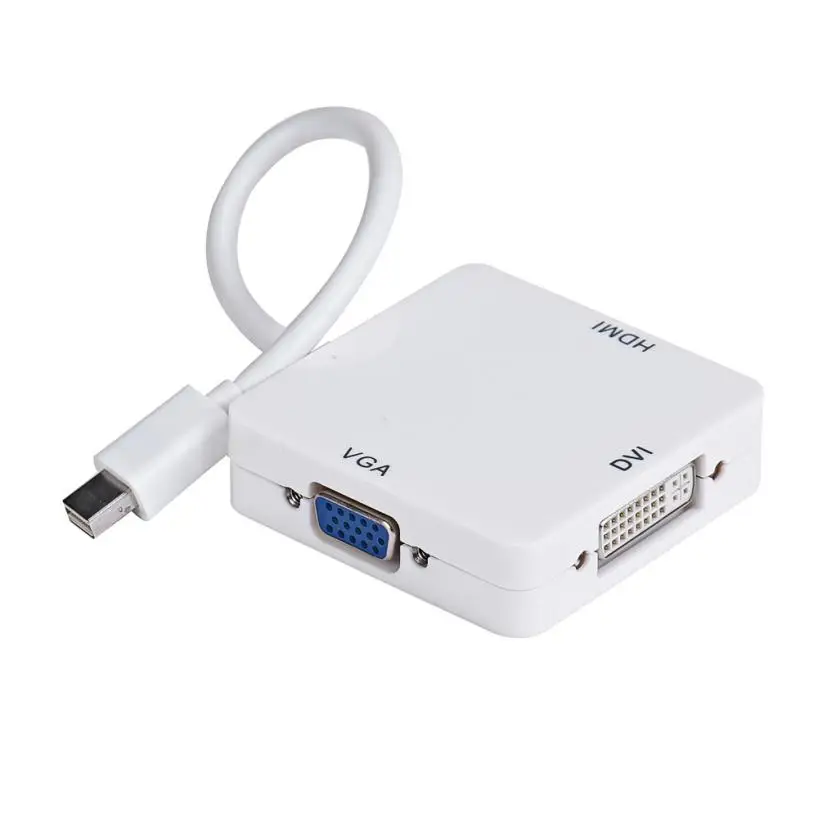

And today, with most business travel reduced to wearing a path in the carpet between your home office and the kitchen, flexibility matters more than ever. But many offices around the globe still rely on legacy ports such as HDMI and USB 3.0, not to mention SD card readers and Ethernet for wired connections. Thunderbolt and wireless connectivity are perfectly serviceable for most mobile professionals while they're out and about. Check out our primers on Thunderbolt 3 and Thunderbolt 4 to learn what makes Thunderbolt different from USB-C.

Like Henry Ford's Model T, which gave you a choice of colors (so long as you chose black), modern MacBooks give you your choice of ports, so long as they are Thunderbolt ports.Īpple uses oval-shaped Thunderbolt 3 and Thunderbolt 4 ports on its various laptops. How to Set Up Two-Factor AuthenticationĪpple's MacBook Pro and MacBook Air are remarkable laptops, but they don't make for the best desktop alternatives right out of the box.How to Record the Screen on Your Windows PC or Mac.How to Convert YouTube Videos to MP3 Files.How to Save Money on Your Cell Phone Bill.How to Free Up Space on Your iPhone or iPad.How to Block Robotexts and Spam Messages.Be sure to check the item itself on the retailer page to make sure the spec hasn't changed. So on the models above we've included a list of all the ports included along with technical specifications on read speeds and displays supported so you can be sure you're getting what you want. However, you'll find various manufacturers throwing words like 'adapter', 'hub' and 'dock' around with reckless abandon, often making it difficult to search for something for your exact needs. USB-C hubs (also known as USB-C docks in some parts) are generally geared towards increased performance, faster data transfer speeds and multiple external displays - along with higher Hz support or frames-per-second than USB-C adapters can provide. What's the difference between a USB-C hub and a USB-C adapter? However, if you're looking to dock your MacBook or laptop and run a high definition display through your USB-C adapter, you might want to think about putting some more money on the table for high speed ports, pass-through charging, and cable management. If you're looking to expand ports for USB devices or micro-SD cards and you don't need an ultra-low latency connection a $30 - $40 adapter will easily suffice. The right device for you will largely depend on how you plan to use your USB-C hub. While shopping for cheap USB-C adapters, you'll find many hubs and docks offer different things for your cash.


 0 kommentar(er)
0 kommentar(er)
